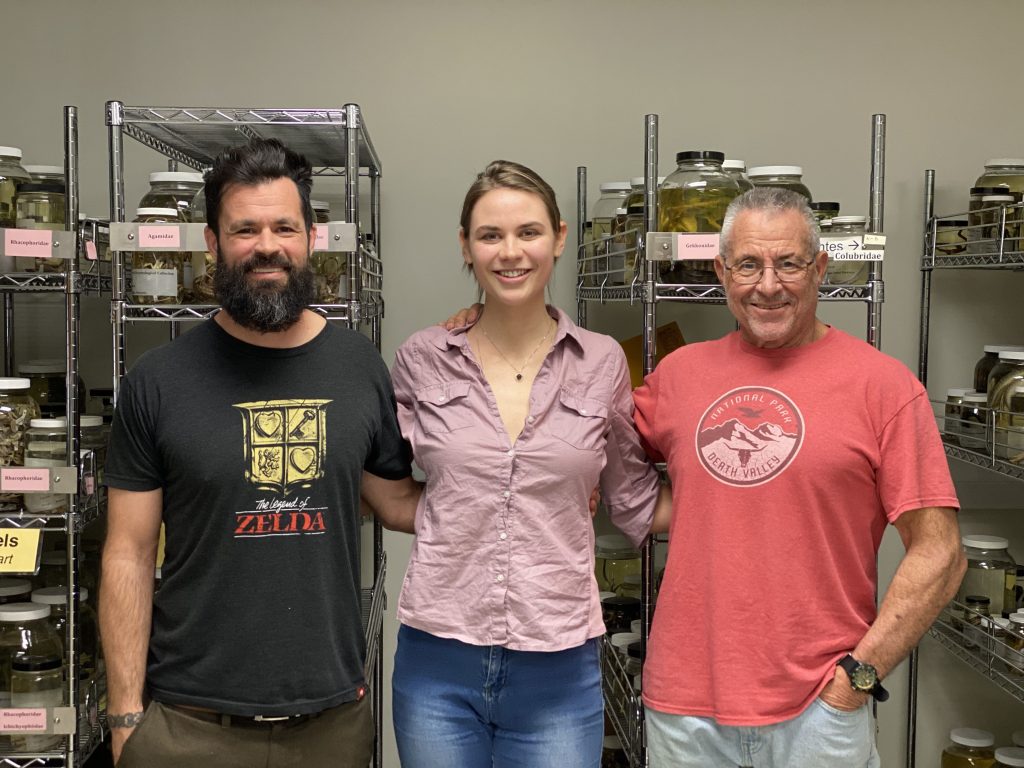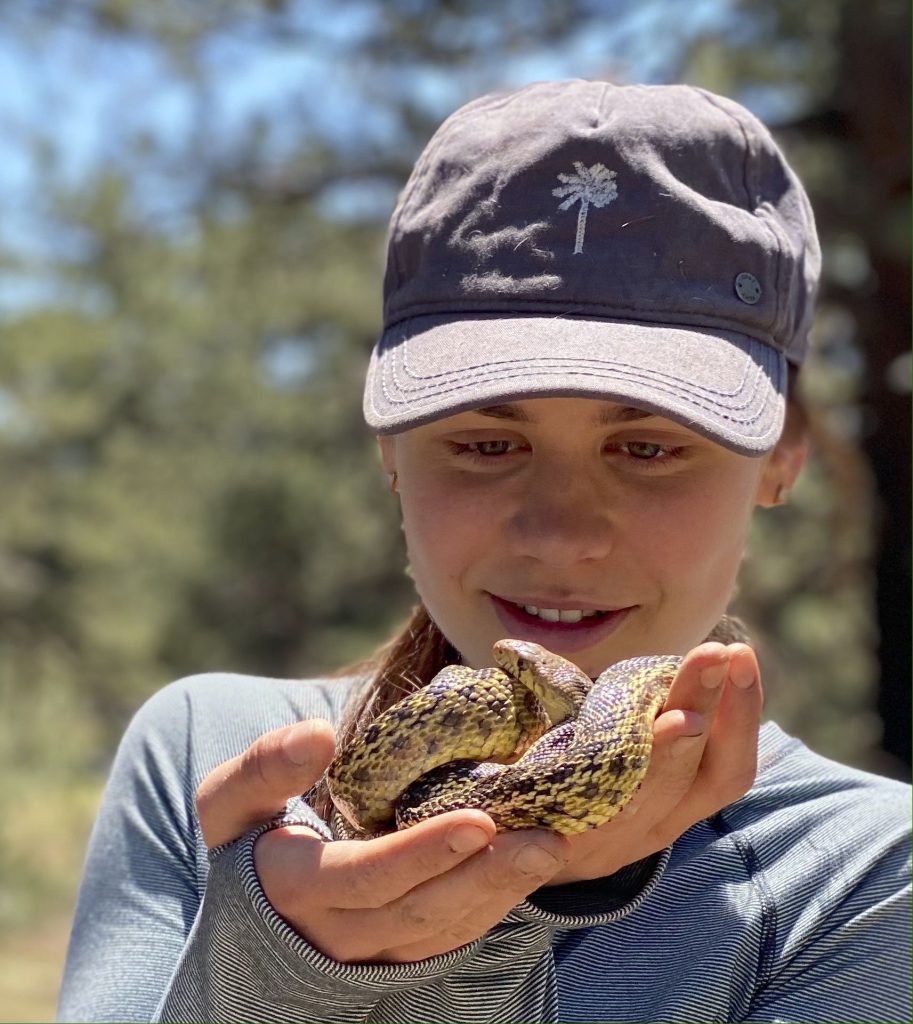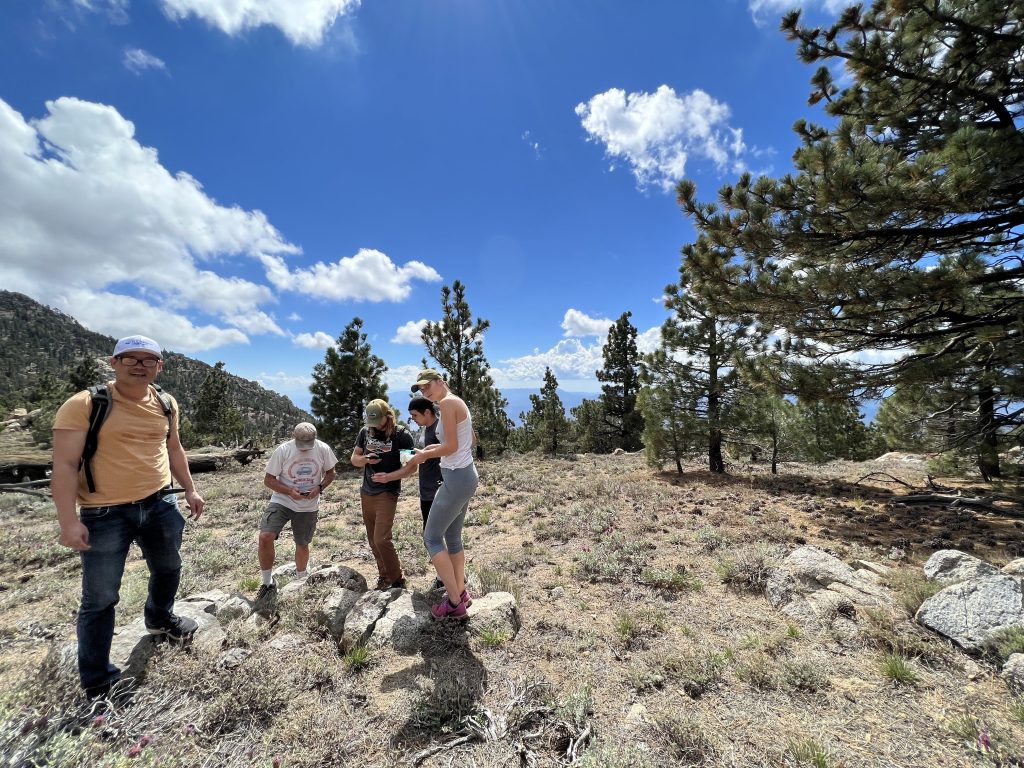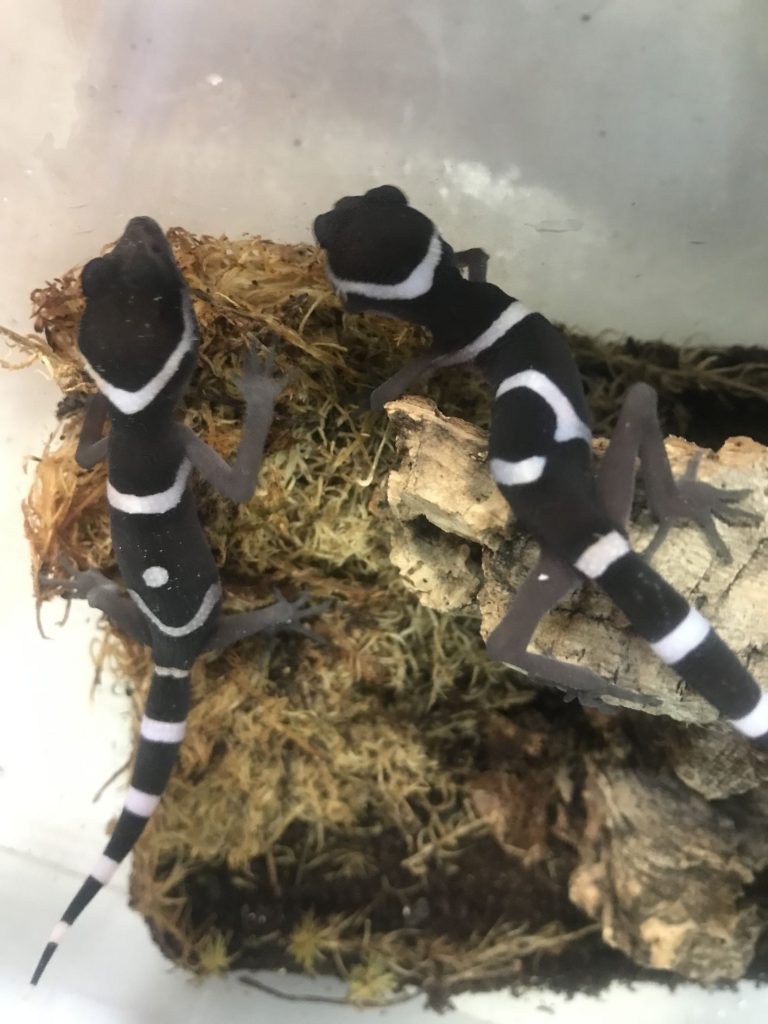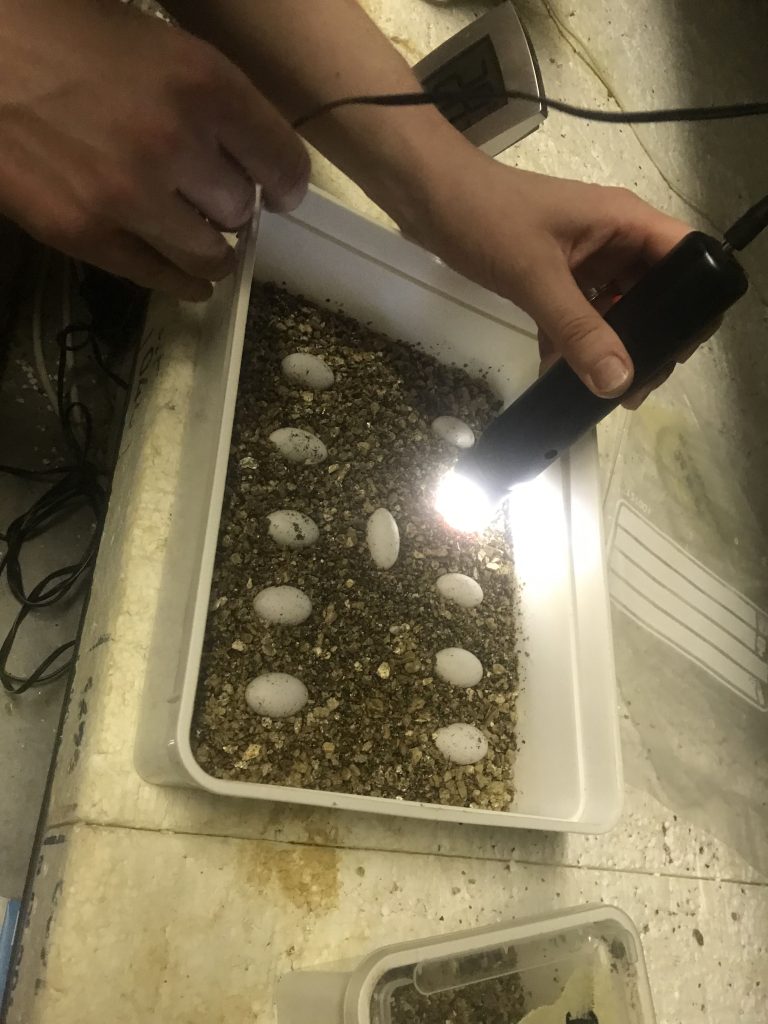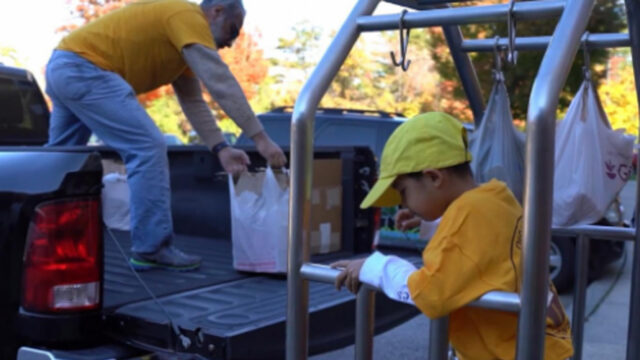Joint program is the first project in the U.S. to protect the endangered tiger gecko.
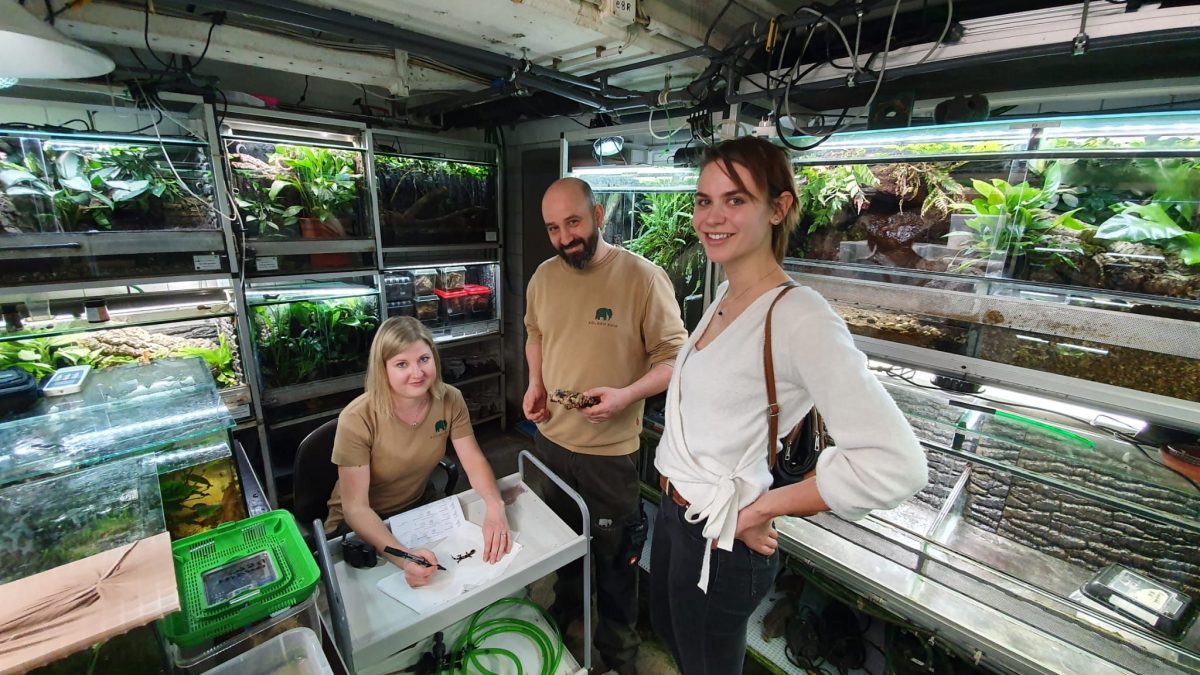
While representatives of countries attending a United Nations summit in early November grappled over the details of a global conservation plan, some scientists were working with their own methods for preventing the decimation of species struggling to survive in pockets of planet Earth.
These include a contingent of herpetologists from La Sierra University and the Cologne Zoological Garden in Germany who, in November 2022, embarked on a project slated to take place at La Sierra this school year: a conservation breeding program designed to mitigate the extinction of five threatened tiger gecko species native to Vietnam.
This type of project is referred to as a modern ark, said Thomas Ziegler, Cologne zoo aquarium curator and coordinator of biodiversity and nature conservation projects in Vietnam and Laos. The project will be the first in the U.S. for the vulnerable tiger geckos, which have been bred thus far by Ziegler’s team at the zoo and support stations in Vietnam, in an effort to ensure their continued existence.
The ark concept of breeding threatened animals in satellite locations ensures the survival of the species in the event of natural disasters, political unrest, disease outbreak, or other harmful activities in the country of origin, Ziegler said. “Natural habitat preservation is of uttermost importance, sure, but sometimes we are not fast enough, or the circumstances do not allow for proper in situ conservation. But if a species is lost, it is too late — forever,” he said. “This is where modern, scientifically led zoos can help, namely in building up modern arks for species conservation and developing assurance colonies to be prepared for restocking actions once the problem in nature is fixed.”
The Cologne zoo program selected La Sierra University as an ark location for the tiger geckos due to its connection with Lee Grismer, a La Sierra biology professor and world-renowned authority in gecko research and conservation, Ziegler said. The two scientists have known each other since 2009, have jointly published scientific papers, and are currently involved in a study on threatened reptiles from Myanmar. “We also both advocate for biodiversity research and conservation in Southeast Asia, [and] we both have discovered and described a number of gecko species, among them also new species of tiger geckos,” Ziegler said.
The success of the La Sierra University gecko ark hinges on 21-year-old La Sierra undergraduate Sarah Goymer from Paradise, California, whose intense interest in herpetology, love of nature, advocacy for conservation, and keen academic acumen made her a perfect fit for the job, said her biology professors, Lee Grismer and his son Jesse, an assistant biology professor and herpetologist. Goymer’s task will be the daily care of 50 beautifully marked tiger gecko offspring. They will arrive at La Sierra’s campus in spring 2023 from the zoo in Germany once required paperwork is completed and glass cages and other pieces of equipment are in place, such as controls for maintaining high humidity and temperatures between 72 and 78 Fahrenheit (22 and 25.5 C).
The ark project’s ultimate goal is the successful raising of the threatened species into healthy adults, which can then be released into their natural habitat in Vietnam.
In preparation for the geckos’ eventual arrival, Goymer spent Thanksgiving break at the Cologne zoo under the guidance of Ziegler and his team. She learned how to feed adult and juvenile geckos, care for their eggs, and provide appropriate habitat. She assisted in creating photo identification for every gecko and learned how to keep the fragile eggs, which look like miniature dinosaur eggs, safe from deadly condensation. In contrast, cages for adult geckos must be sprayed daily with water for moisture.
“The reason I was there was to learn about the conservation program they have and then, more specifically, how to take care of these geckos so we can bring them back and do the same thing here,” Goymer said.
The Cologne zoo’s conservation program involves around 100 threatened species of animals, including large monitor lizards and crocodiles. Some have been returned to their natural habitats to bolster shrinking populations, including offspring of the critically endangered Philippine crocodile that were repatriated to the Philippines. “They’re breeding some of the most threatened lizards in the world, and they’re the only place in the world that’s doing it, and they’re having really good success,” Lee Grismer noted.
An earlier attempt was made to launch the conservation ark partnership with a shipment of animals from Cologne zoo to La Sierra, but the COVID-19 pandemic complicated plans, and an animal caretaker was not available. The Grismers’ lab analyzes hundreds of specimens collected from expeditions that take place throughout Southeast and Central Asia, but the ongoing care of live animals is typically not a function of lab activities.
When Ziegler approached Lee Grismer again in the summer of 2022 to inquire about their participation in the conservation ark project, the necessary elements were close to being in place.
The Grismers had each had opportunities to observe Goymer over the past several years in their classes, in the lab, and in herpetological expeditions in the Santa Rosa Mountains and other local regions. While such plum jobs typically are awarded to graduate-level students, their impressions led to Goymer’s selection for the important role of caring for the geckos this year. “We had already field-tested her and seen this passion [for] nature,” Jesse Grismer said.
“We could just tell she was hyper-fixed on nature,” which separated her from the large numbers of pre-health majors in biology classes at La Sierra who aim at careers in medicine, Jesse said. “We said, ‘The only way we’re going to make this work is if we have someone who would put the animals first.’ ”
“This is an opportunity that undergraduates are not going to get anywhere else,” Lee Grismer said, “to be sent over to one of the leading conservation centers in the world.” The College of Arts & Sciences dean’s office covered all expenses for Goymer’s trip to Germany.
Goymer is also fluent in German as an acquired second language, which proved an asset during her zoo training experience. It was a fortuitous attribute her professors became aware of after selecting her for the role of caring for the animals.
“It was a really cool experience,” she said, describing the tiger geckos as “absolutely gorgeous” and “a little bitey, so you have to be careful. They like to latch on to you.”
Goymer was struck by the revolutionary uniqueness of the conservation program at Cologne, she said, and the significance of the conservationists’ work in the face of commercial interests. “It’s so important to have another conservation hotspot here, because not a lot of zoos truly have that as their focus,” she said.
For Ziegler, the furtherance of conservation is dependent on the involvement of younger generations. “If we want to turn the biodiversity crisis, we must invest in the young generation to become more conservationists. Many of my former students are now working in positions not only in zoos, but in particular in conservation authorities, such as in the Federal Agency for Nature Conservation in Germany, and commit themselves now for improved diversity conservation. I am sure that Sarah will go this way too and certainly will become a passionate diversity researcher and conservationist.”
The Grismers are hoping that Goymer’s work with the Cologne zoo and tiger geckos will launch the creation of a conservation emphasis in La Sierra’s biology program and later a full biology conservation major. They plan to take their herpetology class and Goymer on a field trip to the San Diego Zoo during winter quarter and introduce the Cologne zoo conservation ark project toward piquing interest in a similar partnership.
“We are fortunate and flattered that the Cologne zoo has enough confidence in us” to bring the ark project to La Sierra, Lee Grismer said. “The biology department at La Sierra University will now be professionally tied to the Cologne zoo, which is just an amazing conservation place.”
The original version of this story was posted by La Sierra University.


